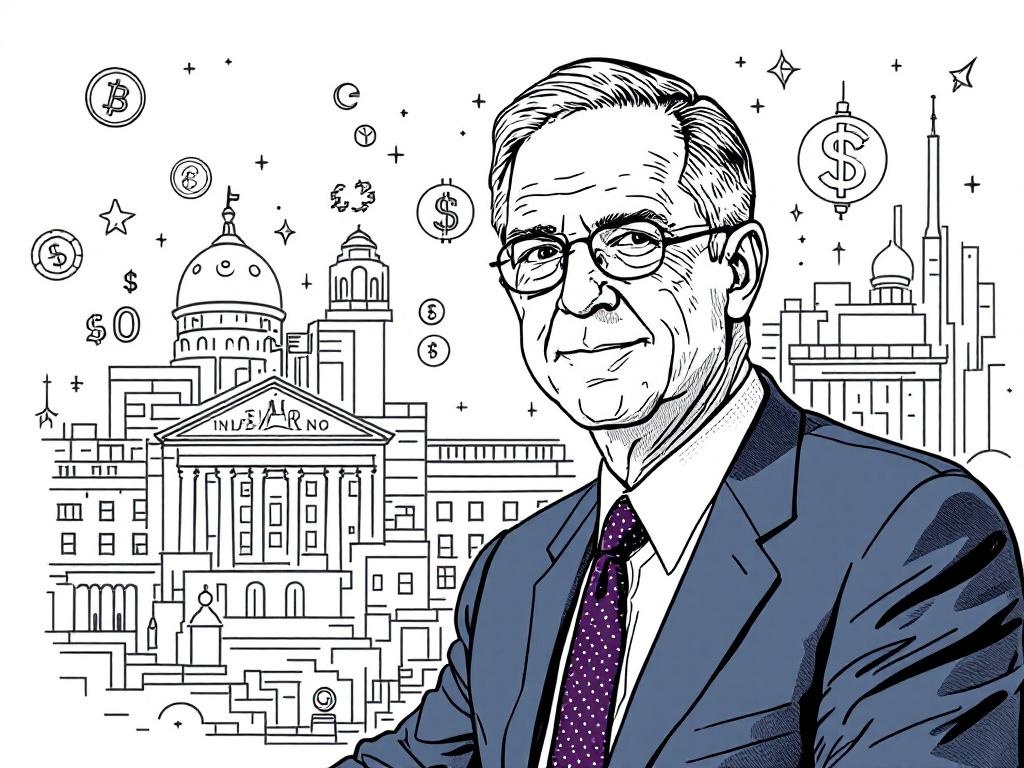AI Investment Boom Distinct from Dotcom Era, Says Fed Chair Powell

Washington, D.C., Thursday, 30 October 2025.
Jerome Powell reassures that AI investments are not a bubble like the dotcom era, citing real earnings from leading companies. However, he notes the uneven distribution of growth.
AI Investments: A Different Landscape
Federal Reserve Chair Jerome Powell has recently emphasized that the current investment surge in artificial intelligence (AI) differs significantly from the dotcom bubble of the late 1990s. Powell underlined that today’s AI companies are generating real earnings, unlike many of the speculative ventures during the dotcom era that lacked sustainable business models [1][2]. This distinction is pivotal as it provides a more solid foundation for the technology sector’s growth and investor confidence.
Economic Implications of AI Spending
The AI investment boom is contributing to economic growth, with JPMorgan economists projecting that AI-related infrastructure spending could add up to 0.2 percentage points to U.S. GDP growth over the next year [1]. This growth is supported by substantial capital expenditures from major tech companies, which have increased their investment in AI infrastructure significantly [3]. However, Powell cautioned that while the AI spending appears robust, its benefits are not evenly distributed across the economy, being concentrated among a few dominant firms [2].
Potential Risks and Market Impacts
Despite the optimistic view on AI investments, Powell has warned that the rapid growth in AI-related sectors is not without risks. Concerns have been raised about the potential for an AI bubble, although Powell does not believe the current situation mirrors the speculative excesses of the past [4]. Recent market reactions, such as the S&P 500’s drop by 0.75% following Powell’s comments, highlight investor sensitivity to Federal Reserve announcements and the perceived stability of AI investments [5].
Future Trajectory and Policy Considerations
Looking forward, the Federal Reserve’s approach to monetary policy will need to consider the implications of AI investments. Powell’s recent statements suggest that while there is no immediate concern of a bubble, the uneven distribution of AI’s benefits could influence future policy decisions [2][4]. As AI continues to drive economic growth, policymakers will closely monitor its impact on sectors like employment and energy, ensuring that growth is sustainable and inclusive [6].